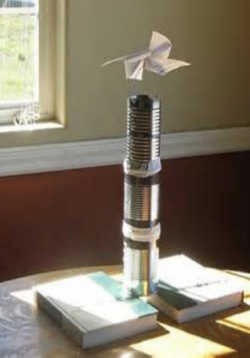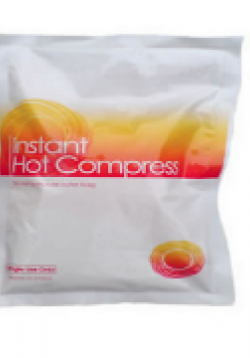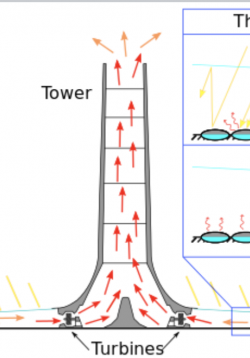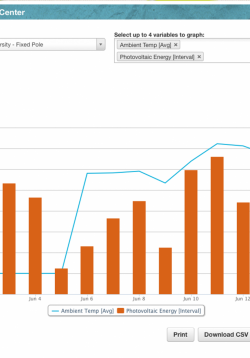Let's Build Our Wind and Solar Energy Toy
Students will combine what they learned in previous lessons using their investigations of convection-related phenomena to design a device that will convert light energy from the sun into thermal energy and utilize the resulting convection currents. Their...








